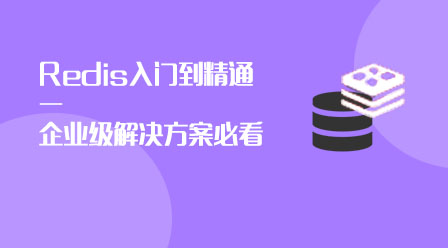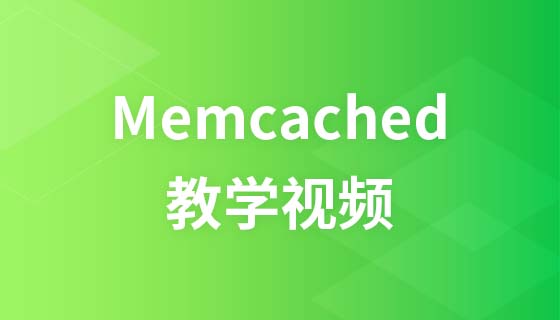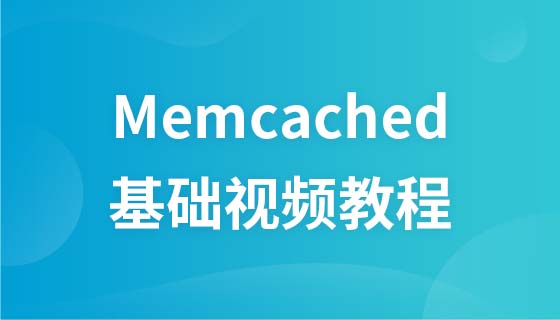在现代编程语言中,缓存是一个广泛使用的工具,以提高应用程序的性能并减少响应时间。golang 是一种快速且高性能的编程语言,它自然也支持缓存技术,因为缓存对于 golang 应用程序的性能表现也有重要影响。
在本文中,我们将了解在 Golang 中实现缓存的方法,以及如何使用缓存来提高应用程序的性能。
缓存是一种将计算结果或数据库查询结果存储起来以供未来使用的技术。当下一次请求相同的结果时,缓存会立即返回先前获取的结果,而不必重新计算或查询数据。在某些情况下,缓存可以显著提高应用程序的性能,并减少响应时间。
在 Golang 中,我们可以使用 map 数据结构来实现缓存。Map 数据结构提供了一个键值对的存储机制,其中每个键都和一个值相关联。我们可以使用 map 来存储计算结果或查询结果,以及它们的键。当下一次请求相同的键时,我们可以从 map 中获取相关的值,而不必再次计算或查询结果。
以下是使用 map 来实现缓存的示例:
立即学习“go语言免费学习笔记(深入)”;
package main
import (
"fmt"
"time"
)
// Cache stores previously computed results.
var Cache = map[string]interface{}{}
func ExampleCache() {
// Check if the key is in the cache.
value, ok := Cache["mykey"]
if ok {
fmt.Println("From Cache:", value)
return
}
// Compute the result if it's not in the cache.
time.Sleep(2 * time.Second)
result := "Hello, World!"
// Store the result in the cache.
Cache["mykey"] = result
fmt.Println("Computed Result:", result)
}
func main() {
ExampleCache()
ExampleCache()
}
在上面的代码中,我们创建了一个名为“Cache”的 map 变量,该 map 变量存储键值对。当下一次请求相同的键时,我们可以轻松地从“Cache”映射中检索值。
在我们的示例中,我们通过使用 time.Sleep 语句来模拟计算结果的计算过程。如果值被找到并返回,将会打印“From Cache:”和相应的值;否则,将会打印“Compute Result: ”和计算结果。
在现实世界中,缓存在某些情况下可能会变得过时或不再需要。例如,值可能因为某些原因而被修改,或者已经过时或不再需要。
在这种情况下,我们可以使用带有超时功能的缓存,当缓存到达一定时间后会自动清除。这种类型的缓存可以帮助我们确保我们在使用最新的数据,并且不会使用过时的数据。
以下是在 Golang 中实现带有超时功能的缓存的示例:
package main
import (
"fmt"
"sync"
"time"
)
// ExpirationMap stores keys and expirations.
type ExpirationMap struct {
sync.RWMutex
data map[string]time.Time
}
// Expired returns true if key has expired.
func (m *ExpirationMap) Expired(key string) bool {
m.RLock()
defer m.RUnlock()
// Get the key's expiration time.
expiration, ok := m.data[key]
if !ok {
return true
}
// Check if the key has expired.
return time.Until(expiration) < 0
}
// Set sets the key's expiration time.
func (m *ExpirationMap) Set(key string, duration time.Duration) {
m.Lock()
defer m.Unlock()
// Set the key's expiration time.
m.data[key] = time.Now().Add(duration)
}
// Delete removes the key from the map.
func (m *ExpirationMap) Delete(key string) {
m.Lock()
defer m.Unlock()
// Delete the key from the map.
delete(m.data, key)
}
// Cache stores previously computed results.
var Cache = map[string]interface{}{}
// Expiration stores expiration times for cache keys.
var Expiration = ExpirationMap{data: make(map[string]time.Time)}
func ExampleCacheWithExpiration() {
// Check if the key is in the cache.
value, ok := Cache["mykey"]
if ok && !Expiration.Expired("mykey") {
fmt.Println("From Cache:", value)
return
}
// Compute the result if it's not in the cache.
time.Sleep(2 * time.Second)
result := "Hello, World!"
// Store the result in the cache.
Cache["mykey"] = result
Expiration.Set("mykey", 5*time.Second)
fmt.Println("Computed Result:", result)
}
func main() {
ExampleCacheWithExpiration()
ExampleCacheWithExpiration()
// Wait for the expiration time to elapse.
time.Sleep(6 * time.Second)
ExampleCacheWithExpiration()
}
在上面的代码中,我们使用了一个称为“ExpirationMap”的结构体,它存储了键和过期时间。我们使用“Expiration” map 来记录缓存中每个键的过期时间。如果键过期,则我们需要重新计算结果。
在我们的示例中,当我们在第一次和第二次调用“ExampleCacheWithExpiration”函数时,“mykey”键的值将被计算并存储在我们的缓存中,并设置过期时间为5秒。在第二次调用函数时,我们将从缓存中获取“mykey”键的值,因为键还没有过期。
在第三次调用函数时,我们将等待超过5秒,以使“mykey”键过期。当键过期后,我们将强制重新计算结果,以便我们可以使用最新的数据。
在 Golang 中实现缓存的方法非常简单。我们可以使用 map 数据结构来存储键值对,以及它们的结果。我们还可以使用带有超时的缓存,以确保我们在使用最新的数据,并且不会使用过时的数据。
虽然缓存可以显著提高应用程序的性能,但我们还需要注意缓存的使用。使用缓存时,我们需要确保缓存的一致性,并根据需要调整缓存的大小。只有在正确使用缓存的情况下,才能从缓存带来真正的好处。
以上就是初学者指南:如何在golang中实现缓存?的详细内容,更多请关注php中文网其它相关文章!

每个人都需要一台速度更快、更稳定的 PC。随着时间的推移,垃圾文件、旧注册表数据和不必要的后台进程会占用资源并降低性能。幸运的是,许多工具可以让 Windows 保持平稳运行。




Copyright 2014-2025 https://www.php.cn/ All Rights Reserved | php.cn | 湘ICP备2023035733号